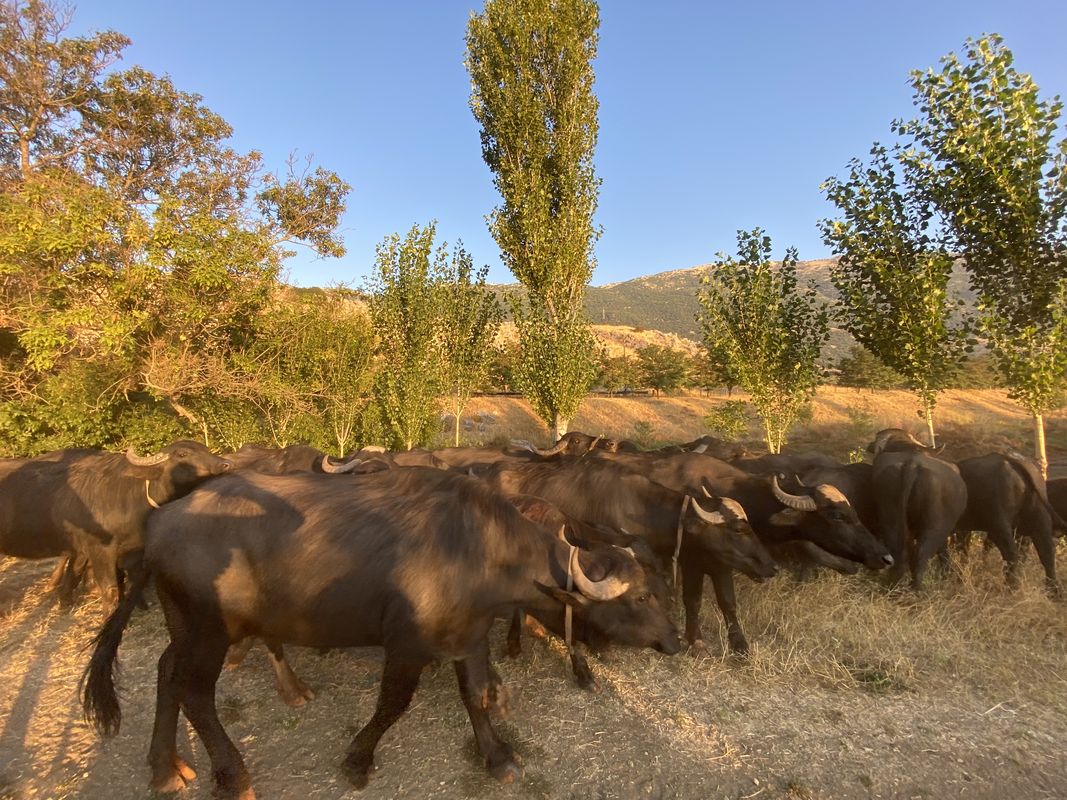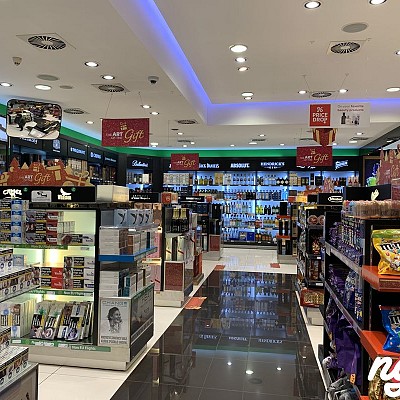The Ammiq Wetland (100 hectares) is the last significant wetland in Lebanon, a remnant of extensive marshes and lakes that once covered parts of the Beqaa Valley. This natural spot remains an important staging and wintering area for migratory waterbirds en route between Europe and Africa.
Reed beds of Phragmites sp. and Typha sp. dominate, interspersed with open fields of coarse pasture. The site has been designated as an Important Bird Area (IBA). Notable species include the globally threatened Black-winged Pratincole, Ferruginous Duck, White Pelican, and Great Snipe. The Ammiq Wetland is a popular outdoor recreation area that is part of the Shouf Biosphere Reserve since 2005.
The swamp lies on one of the most important bird migration routes in the world, and over 250 species of birds have been recorded in the area, including the globally vulnerable greater spotted eagle (Aquila clanga), eastern imperial eagle (Aquila heliaca), and lesser kestrel (Falco naumanni). Records of globally near-threatened bird species at the wetland include great snipe (Gallinago media), ferruginous duck (Aythya nyroca) and pallid harrier (Circus macrourus). In addition to the great diversity of birds in the area, there are a wide variety of animals living in and around the marsh. Twenty-three species of mammals have been recorded, including jungle cat (Felis chaus) and European otter (Lutra lutra). Five species of amphibians and twelve species of reptiles have been recorded, and a two-year weekly butterfly survey found fifty-three species of butterflies in the area. The wetland lies 7 km SSW of the city of Qab Elias on the eastern edge of Mount Lebanon. The main area of reedbeds and open pools covers 253 ha, stretching east from the foot of the mountains to the Litani River in a long strip.
Rain and snow falling on the high ridge of Barouk mountain to the west provide water for the wetland. Most rain falls between December and March, soaking quickly through layers of limestone in the mountains and emerging as springs in the valley floor. The water is particularly pure, as it has not been polluted by agricultural fertilizers, pesticides, etc. In recent years the marsh dried out by mid-July (with the exception of a few deep pools and ditches) and did not fill up again until January or February. However, the introduction by A Rocha's involvement of improved management techniques, such as the reduced pumping of water for irrigation of nearby farmland, and changes to less “thirsty” crops, has helped the marsh remain wet throughout the year. This has resulted in a significant increase in wintering and breeding water birds since 2002. Surrounding the open water and reed bed are areas of rough grazing, cultivated land, drainage ditches, and an avenue of trees, all adding to the diversity of habitats in the area. On the nearby mountain slopes, small wooded areas and rocky shrubland give an even greater variety of habitats and species. Behind the nearby village of Aammiq are woods where Syrian woodpecker(Dendrocopus syriacus) and Syrian serin (Serinus syriacus) can be found. In spring and summer, shrubby hillsides are home to assorted buntings, wheatears, warblers and shrikes, and rocky gorges host western rock nuthatch (Sitta neumayer) and Eurasian eagle owl (Bubo bubo). Mammals present include Caucasian squirrel, wildcat, wild boar and the elusive Indian porcupine.
The Aammiq Wetland and some of the surrounding area is in the process of being declared a National Reserve. The main landowning family is fully engaged in the preservation of this very important ecosystem and initial plans to develop the area for ecotourism are underway.












































































































